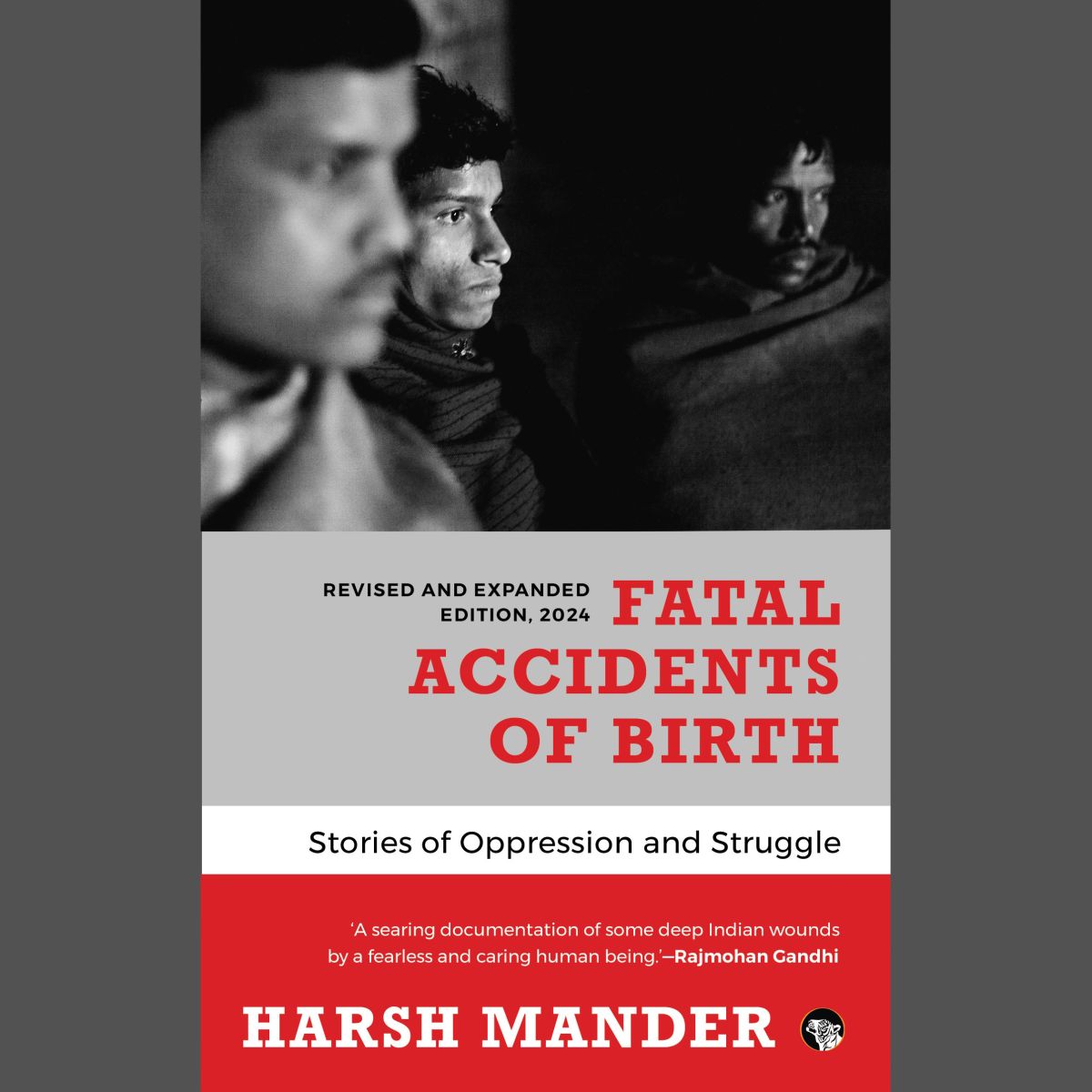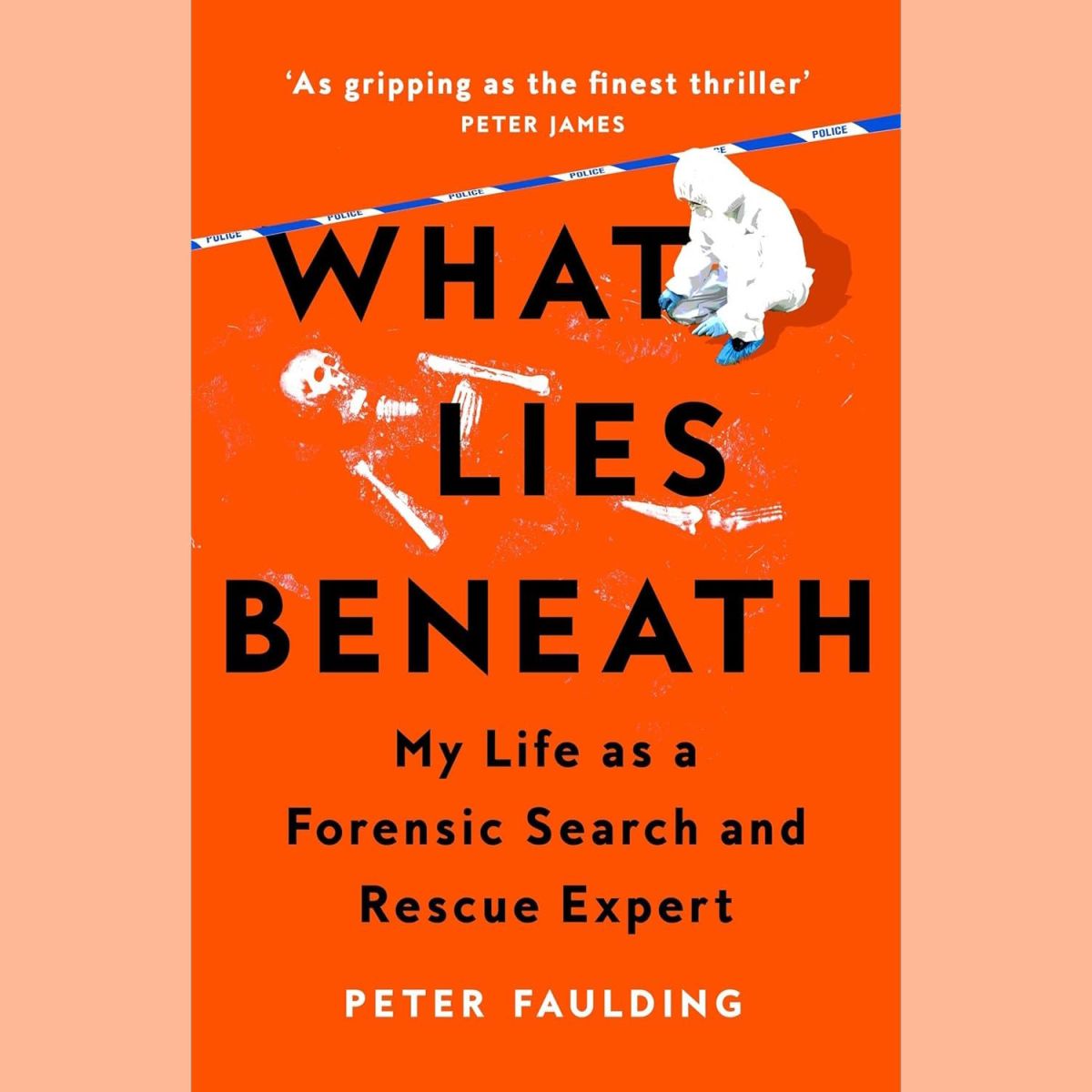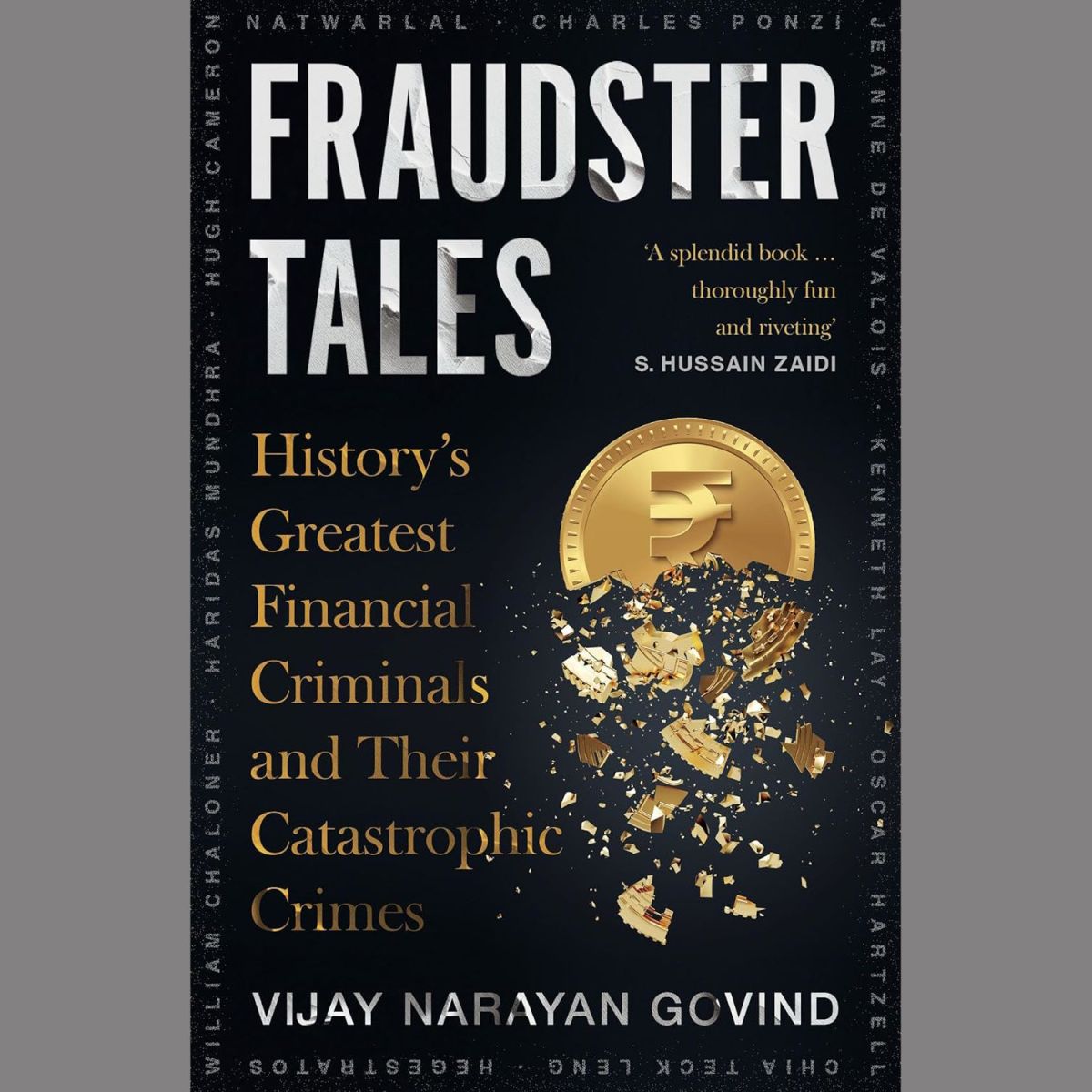In her memoir, author Lindy Rajan Cartner looks back at her long, remarkably interesting journey as a doctor. Born in 1935 in Rangoon, Burma (now Yangon, Myanmar) Cartner led a somewhat unconventional life by the standards of that time. ‘Set between three countries, Burma, India, and England, and spanning three generations, Three Countries, Three Lives spans the period 1870 to 1977. Tracing India’s journey towards Independence in 1947, Lindy’s story explores racial attitudes under the influence of the Raj and highlights the complexity of the relationship between Britain and India,’ says the publisher’s note.
In the memoir, Cartner talks about her early life in Burma, her mother and maternal grandparents, the end of the British empire in the Indian subcontinent, and her unique experiences as a doctor and as a woman in both India and, later, in England during the 1960s. ‘The book is deeply revealing of Indian women’s struggles, exposing the conflicts between adhering to traditional customs and individual fulfilment. Cartner’s dual perspective, as an Indian woman and as a doctor, adds a new dimension, as she recalls her career in both deprived Indian communities and in the British NHS. This poignant memoir offers an insight into life under the Raj, the racial prejudices of both British and Indian society, and the changing lives of women in this transformative period of history.’
With the publisher’s permission, here’s an excerpt from Three Countries, Three Lives: A Doctor’s Story
After a brief respite at home, I went to college to see my room-mates who were at least six months behind me, and said goodbye. I moved my belongings to a single room in the Women Doctors’ Hostel on the busy hospital campus. My mother always bemoaned the fact that my accommodation in Vellore was so spartan, but I was glad of it. It was all part of our rigorous training to accept hardships. We ate in the hostel canteen and the food was exceedingly good. Board and lodging were free.
I could describe my internship with just two words: work and exhaustion. The working day would start at 7 a.m., and about twelve hours later I would return to the hostel. At 10 p.m. I would be back on the wards for a final round before going to bed. But life was enjoyable as there was great camaraderie among the doctors. Every three or four days, I would be on call, which meant I would be working on the wards all night as well, or assisting in the operating theatre or in the labour room, depending on my posting. Vellore had a superb reputation, with up-to-date facilities and advanced technology. Patients came not only from nearby towns and villages, but from all parts of India, Asia and the Middle East. There were outpatient clinics in every specialty every day, run by various firms. So great were the numbers that the clinics would sometimes last many hours, starting at 7 a.m. and running well into the afternoon.
If every opportunity is taken, the learning curve of a young, inexperienced doctor is almost vertical. Despite the final-year clinical postings, I started off unsure and frightened. I soon gained confidence in diagnosing and carrying out various procedures, such as pleural taps and lumbar punctures. As a final-year student, I had become adept at venepuncture and setting up intravenous drips. After three months, I was moved on to Surgery and worked for a brilliant Indian surgeon, H S Bhat. I enjoyed the atmosphere of the operating theatre and assisting in operations, but found Surgery dull compared to Medicine.
Surgical outpatient clinics were particularly exhausting, but the wide range of conditions we saw in a morning could be phenomenal. Lumps and bumps of every description would turn up: large, small, smooth, knobbly, wrinkled, weeping, ulcerated and stinking, benign and malignant. It was the wretched human condition again, from which a doctor can never escape. Most of the patients were very poor. Many were treated free, and others on a sliding scale. Some went home untreated because treatment could not be afforded, or their condition was hopeless.
There was a young Muslim mother called Assina. Madonna-like, she was breathtakingly beautiful. She had brought her six-month-old baby girl, as bonny as herself, with the brightest of black eyes. The baby was chubby and looked healthy, but had developed a smooth, warm swelling on one shin. It turned out to be a bone infection due to tuberculosis. Her lungs were clear of the disease but her mother, though symptom free, had tuberculosis in her lungs. Her husband, a rickshaw driver, and her four-year-old son were clear of the disease. They were ready to go away, as they had no money for treatment. I asked them to wait and ran to the Social Work Department and managed to arrange free treatment for them. I saw Assina and her baby a few more times, before I left the Department of Surgery, and they were responding very well to treatment. I often wondered about them.
Five years later, I returned to Vellore to visit Ann. I hired a rickshaw to take me to the market and back, and while I was paying the rickshaw man he said: ‘Amma, do you not remember me? I was Assina’s husband. You treated her and the baby. They had TB.’ ‘Yes, I do,’ I said, remembering very well. ‘How are they?’ I asked. ‘They are both dead. They recovered well and we completed the treatment. But the TB came back, but they would not give us any more free treatment. We went to the Government Hospital, but it was no good. They died quickly.’
After three months in Surgery, I moved on to Obstetrics and Gynaecology, the posting I was not looking forward to and which I least enjoyed. As far as I was concerned, every impending birth was a potential crisis, which could turn into a catastrophe. I had seen too many disasters when I had my final-year student posting. We worked in pairs, men and women doctors. The reason was that many patients, especially Muslims, refused to have a male doctor attending them. We were required to be completely gowned up in the Delivery Room. Our hair and part of our faces were covered with caps. Men were not allowed beards, and masks covered their moustaches. They were not allowed to speak in case they gave away that they were male. We found all this very funny, but it was a serious matter and unethical; yet it was the only way men could gain essential experience. During one such charade, with the birth imminent, the patient gave out a bloodcurdling scream. She seemed to be in excruciating pain, and we expected the head to pop out. But instead, the patient leapt from the couch and ran into the next room. Apparently, my partner’s mask had slipped, exposing a luxuriant moustache. Both mother and baby survived this ordeal.
As always, the clinics were huge. They were mostly free, so as to encourage women to come to antenatal clinics, and we were constantly faced with their ignorance of their ages and dates. Most were very poor and malnourished, and worn out by repeated pregnancies and lactation. We tried to persuade them to be sterilised, especially if they had a male child, but we were seldom successful. The Gynaecology Clinic produced its own horrors, women having neglected themselves, and seeking medical help only when they were desperate. Often, the diseases would be so advanced that they would be beyond help.

Three Countries, Three Lives: A Doctor’s Story
Author: Lindy Rajan Cartner
Publisher: Aleph Book Company
Format: Paperback / Kindle
Number of pages: 336 / 329
Price: Rs 639 / Rs 607
Available on Amazon







